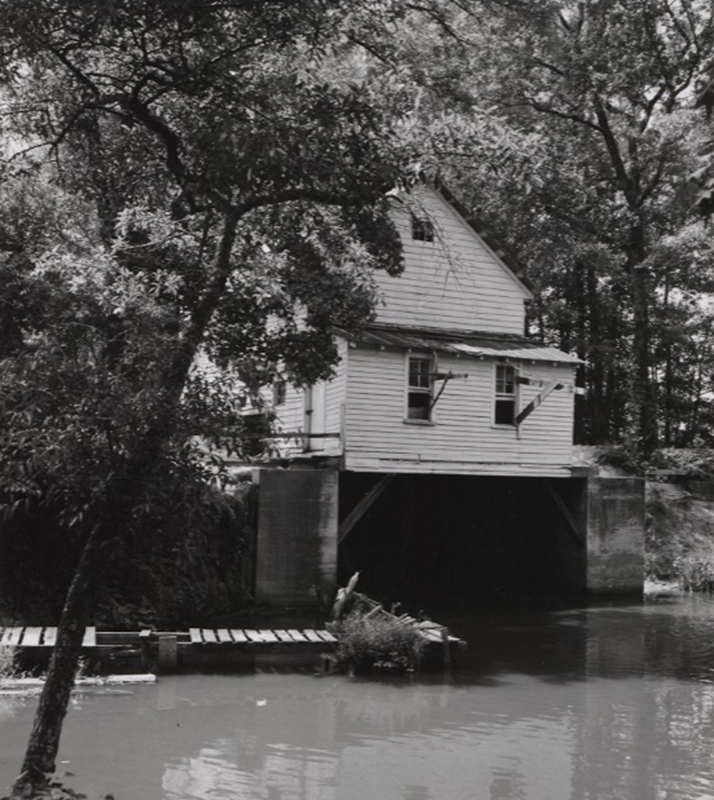Hare’s Mill in Winton, NC, goes back to the late 1700s. The property featured a water-powered grist mill, as well as a sawmill. At one time, a general store was also on the property. The Hare Family built their home here in 1779.
In 2018, Hare’s Millpond was owned by the Blanchard family of Ahoskie, who leased it to the Roanoke-Chowan Wildlife Club. It’s been in that family since 1918, when the property was purchased by the now late C. Lyman Jones. Bill Blanchard, the grandson of Jones, said the original millhouse may have been destroyed during the Civil War. Evidence of a possible skirmish between the Confederates and the Yankees has been recovered on the property, including cannonballs.
The millhouse was rebuilt and has been preserved over the years by the Blanchard family and the R-C Wildlife Club. The original stones used for grinding corn are still at the millhouse. The water turbine, once used to supply the energy to move the stones, is now on display at Merchants Millpond State Park in Gates County. Hare’s Mill was in operation until the late 1950s.

As the story has been told, in the early 1800s, slave owners in much of the South strictly forbade drums and drumming, a tradition central to African religious practices, because they feared their slaves would communicate through drum signals to plan attacks or escapes. An enslaved man named Jeeter worked at or near Hare’s Mill. The legend says that Jeeter fashioned a drum out of found materials. He was playing it when a group of slave owners converged on him and ultimately drowned him in the nearby mill stream. Since then, there have been reports that area residents have often heard drum playing, and some have seen Jeeter many times down by the old mill stream or on or near the bridge where he drowned.
Written By: Al Parker, Murfreesboro Historical Association


